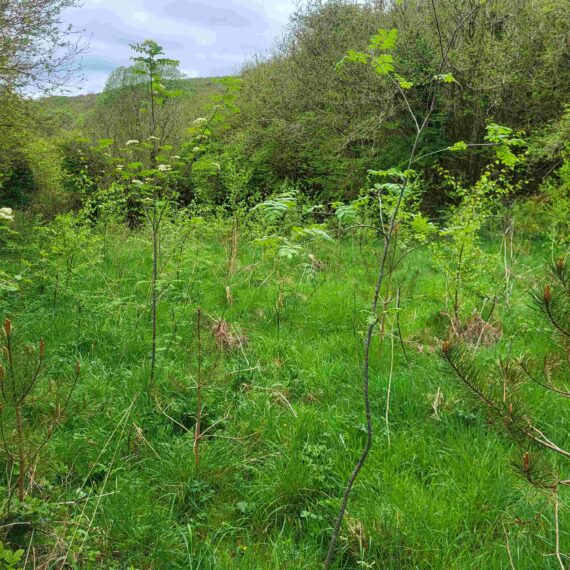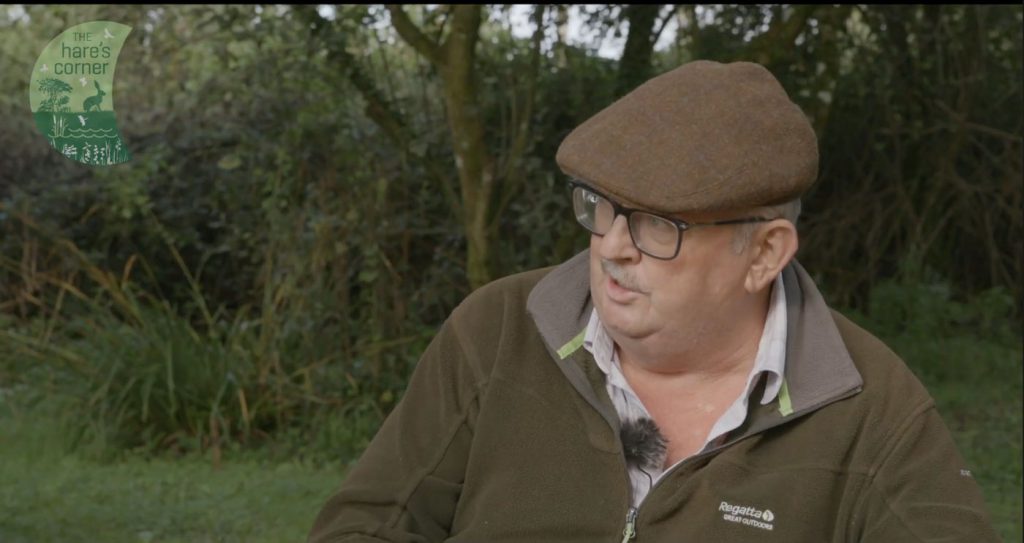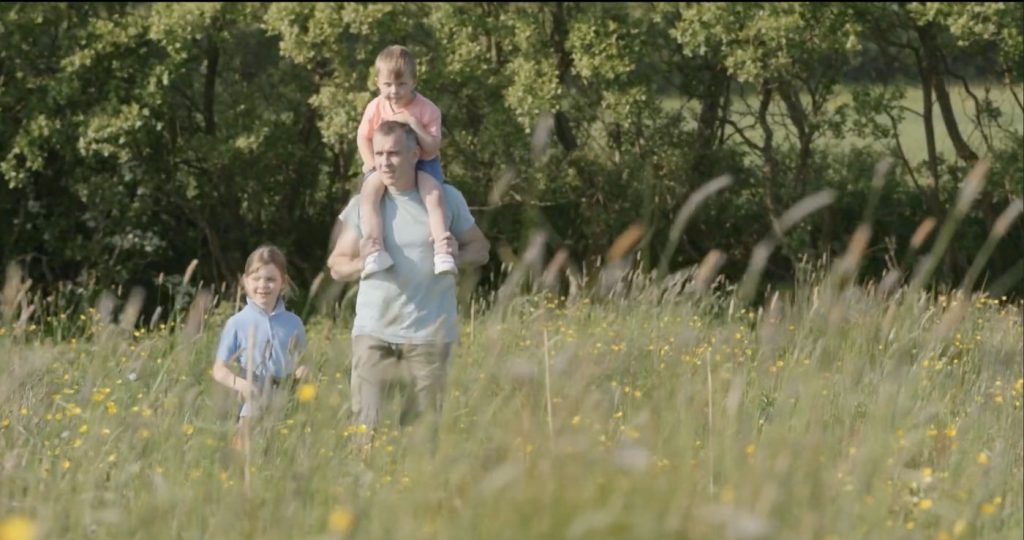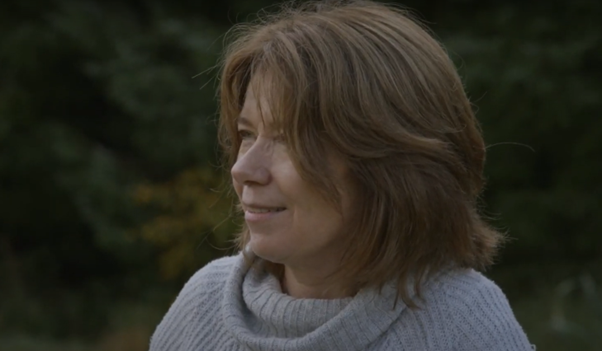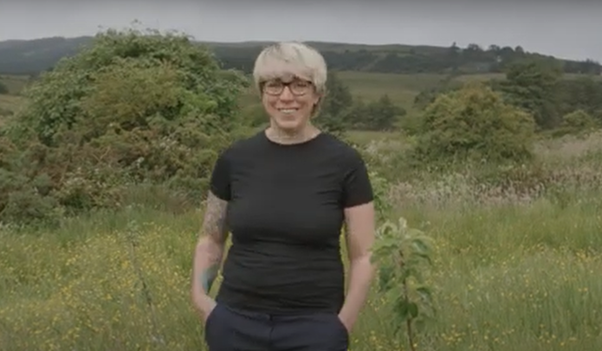We received guidance and funding and more importantly encouragement to create a wildlife pond from The Hare’s Corner team. One and half years later, we did a study on it and identified 30 different species in and around the pond. Our members really enjoy this pond and now we are designated as one of just six ponds in the whole country as a demonstration site for ponds.
What the landowner will need to commit to
- A Suitable Site: About 100 square metres of eligible* land to accommodate 50 trees.
- Willingness to plant and protect the woodland habitat: A willingness to plant and, if necessary, fence the trees within one week of receiving the trees in line with best practice guidance provided by The Hare’s Corner. (Tree distribution day is usually held in December or January).
- Long term management: Your assurance that this site will be actively maintained for the next 3 years – maintanance will include keeping competing vegetation down and protecting the trees from grazers.
- Progress update: Your willingness to provide feedback and progress update on the trees when requested by The Hare’s Corner team.
- Signage Your agreement to erect a small, simple branded sign at the site (only applicable to a public site)
- Data: Your agreement that your anonymised data (location of your trees and images) will be used by The Hare’s Corner project for its communications and reporting purposes.
*An eligible site for creating a new woodland would be species-poor, non-designated site so that there is no overall biodiversity loss and/or impact on any pre-existing heritage value of the place. Farmers who are ACRES or NPWS Farm Plan Scheme participants are currently not eligible to apply as we want to avoid double funding.
What The Hare’s Corner team will commit to
- Organising the necessary training and guidance. A training webinar and Q&A session is held few weeks before the tree distribution day (usually November). Guidance material is also provided on the tree-pick up.
- Supplying 50 or more native trees of 7-10 different species including less common ones like the Burren pine, aspen and black poplar and more common specis like oak, alder, birch, hawthorn, hazel and holly
- Providing ‘The Hare’s Corner’ branded signage for your site if applicable.
Testimonials
Practical Tips
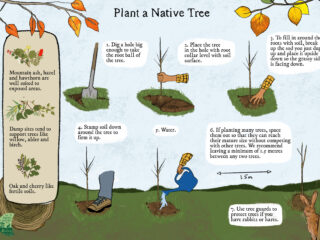
Plant a Native Tree
Native trees and shrubs benefit wildlife greatly by providing food sources, shelter and the individual trees are mini habitats in their own right.
